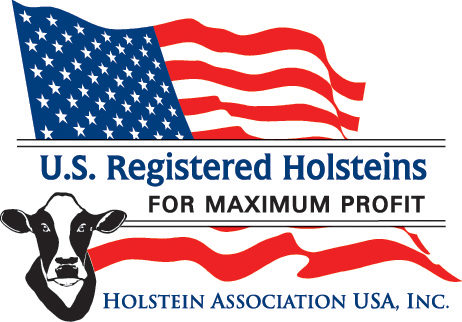More than half of U.S. dairy producers likely signed up to participate in the USDA’s new Margin Protection Program for Dairy Producers or MPP. That’s according to recent surveys conducted by Progressive Dairyman. Beginning in September after the new program’s enrollment period began, we asked readers: How do you intend to use the farm bill’s new dairy margin insurance program?
Responses were collected in an online poll and over the phone through the end of November. (Enrollment remained open through Dec. 19.) Over the phone, readers could indicate that they had not yet decided. Nearly 30 percent of those responding over the phone had not yet determined if they would participate when contacted.
One in three respondents were “uninformed” about the program. This statistic is nearly identical to research published by Marin Bozic of the University of Minnesota in October. His surveys from July and August showed 30 percent of producers had “no knowledge” about the program. Bozic says many producers only began tuning in during the last few weeks of the enrollment period.
“I do think the knowledge about MPP-Dairy will get better over time, and I expect a noticeable jump in awareness the next time margins decline below cost of production, and when those that have participated collect their first payments,” Bozic says.
When analyzing Progressive Dairyman’s responses by regions, Midwest producers seemed to be the most informed about the program. Only 10 percent of all producers surveyed by phone in that region were unaware of the program.
“Certainly the outreach effort has been very strong in the Midwest, and I am proud of the work my National Program on Dairy Markets and Policy (DMaP) colleagues as well as extension educators have done,” Bozic says.
DMaP, an association of agricultural economists who share an interest in the economics of dairy markets and policy, had two grants related to the new dairy margin protection program this year – one to build a Farm Service Agency decision support tool and another to conduct outreach meetings about the new program in the Upper Midwest.

The East Coast region was the most decided of all those surveyed. Two-thirds of phone respondents in that region had already decided whether they would enroll or not.
Similar to Bozic’s results, Progressive Dairyman’s survey found that dairies with fewer than 100 cows had decided not to enroll. More than one-third of all those in this demographic who responded to our survey said they did not plan to use the program. This is most interesting since the new dairy program that passed in the 2014 farm bill was part of a heated discussion in Congress over the equality of the program for herds of all sizes.
“Dairy producers with fewer than 100 cows are less likely to have debt, more likely to grow their own feed, and less likely to have had prior experience with risk management,” Bozic says. “The switch from MILC to MPP may not be just another decision for them, but a paradigm shift in itself, as they are asked for the first time ever to pay for the federal dairy safety net.”
Dairies with 100 to 500 cows were the most likely of all herd sizes to be undecided. About 40 percent of phone survey respondents in this demographic had not yet decided when contacted.
“For very small, as well as for very large dairies, the premiums per hundredweight (cwt) under MPP do not depend much on the coverage percentage chosen.
For dairymen with close to 400 cows with limited budget for risk management, the choice of a higher coverage level with a lower coverage percentage, versus a lower coverage level with a higher coverage percentage may be particularly important, as they narrowly cross the 4-million-pound production line. Perhaps that makes some of them take more time to decide what kind of coverage to select.” PD
Note: These poll results are not scientific, nor have they been analyzed for statistical significance.

Walt Cooley
Editor
Progressive Dairyman






